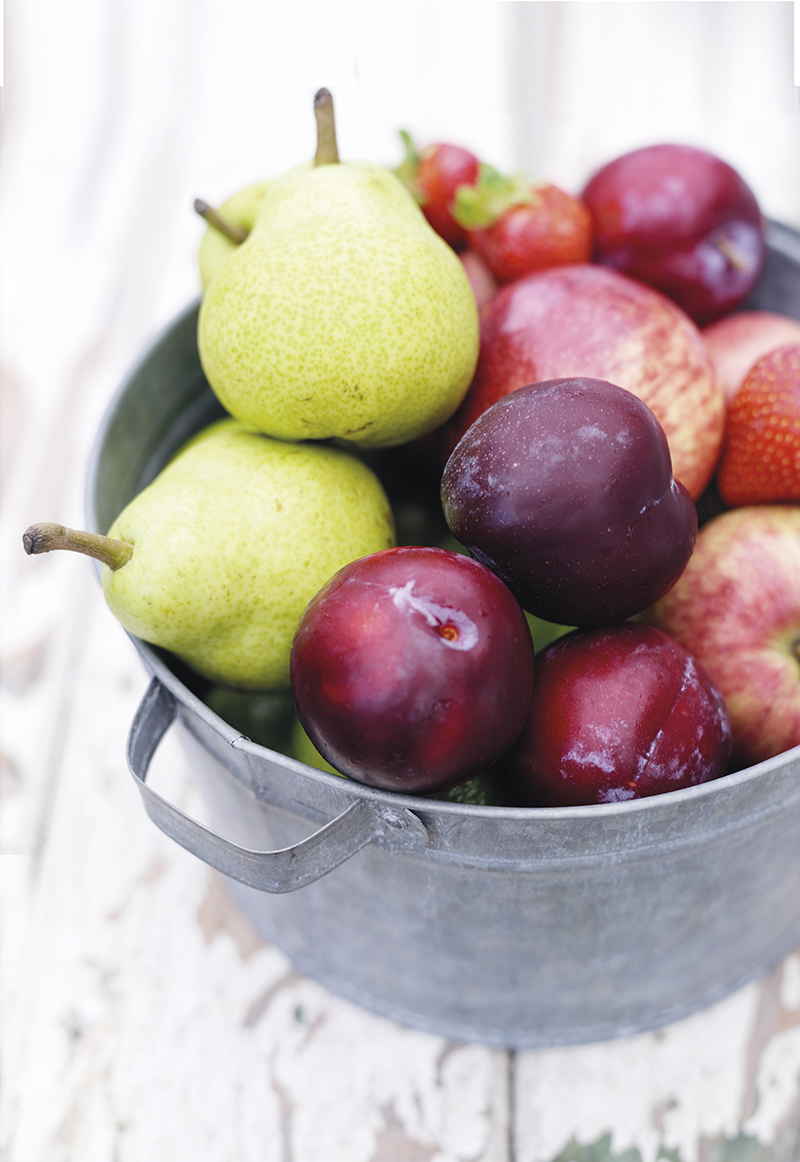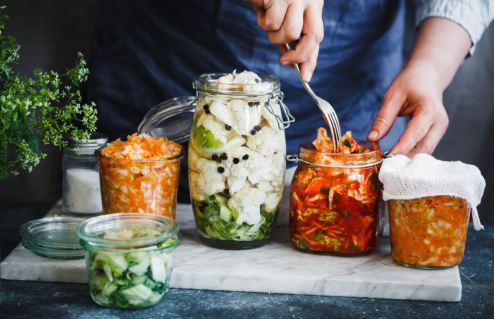Nutrition notes: how to understand fructose
Nutritionist Eve Kalinik explains the effects of fruit sugars on the body

There is a huge amount of merit in the old saying, ‘An apple a day keeps the doctor away,’ but, like everything in nutrition, it is not necessarily the case for everyone. There is no doubt how good fruits are – full of vitamins, minerals, antioxidants, fibre and water. But if you regularly suffer stomach upset when eating fruit, there could be something else going on.
When it comes to digestive processes, fructose needs to be dealt with in the small intestine with the assistance of a protein called GLUT5. If this protein is not working or simply not present, then fructose will move to the large intestine where bacteria in the colon will produce high levels of acids and gases. With repeated exposure, this will feed bacteria and yeasts creating an over-population of these less-friendly microbes, which leads to chronic discomfort. You may get symptoms such as bloating, cramping, nausea, urgency and constipation. Low-level depression is also indicative, since the presence of fructose in the large intestine can reduce the amino acid tryptophan, which has a knock-on effect on mood-enhancing serotonin. This is called ‘fructose malabsorption’ which should not be confused with ‘hereditary fructose intolerance’ – a potentially fatal condition related to liver enzyme deficiency.
Fructose is a simple sugar that naturally occurs in many foods and is highest in fruits. In its concentrated form, it has also been used as a preferred sweetener to sugar in many processed foods, including those ones that are believed to be ‘healthy’. So what causes fructose malabsorption and how can one manage it? Largely, our consumption of high amounts of fructose is to blame, from the so-called healthy high-fructose syrups and concentrates, which we all ought to cut down on to avoid possible digestive issues in the future. Other contributing factors include stress, inadequate chewing, intolerances and an imbalance of bacteria in the gut in the first place (although one could argue that both feed each other – pardon the pun!).
If you think you might have some level of fructose malabsorption, remove high-fructose foods from your diet then re-introduce them slowly. Since glucose needs to be present for absorption, ideally in a 1:1 ratio, you may find that some higher overall sugar foods, such as bananas, are better tolerated than fruits such as apples or pears.
The increase in this condition shows that we all have to adopt a more mindful approach to how much sugar, in any form, we consume, and pay attention to how it affects our digestion, our moods, ourselves. You may be surprised at what you find (or feel).
HIGH FRUCTOSE FOODS These include most of the syrups – agave, fructose, honey, molasses, palm or coconut sugar; fruits that have a higher ratio of fructose than glucose. These include apple, cherry, mango, watermelon, pear; dried fruits; fruit juices; some high-fructan vegetables such as artichoke, asparagus and beans in larger amounts can cause symptoms; inulin foods, such as chicory root, onion, garlic and leek may also create discomfort.
BETTER TOLERATED FRUCTOSE FOODS Some fruits that have lower fructose content compared to glucose, including blueberries, strawberries, very ripe banana and papaya; most vegetables; use stevia as a sweetener, which can be better tolerated by most people.
For more from Eve, see evekalinik.com
Photograph: Corbis









